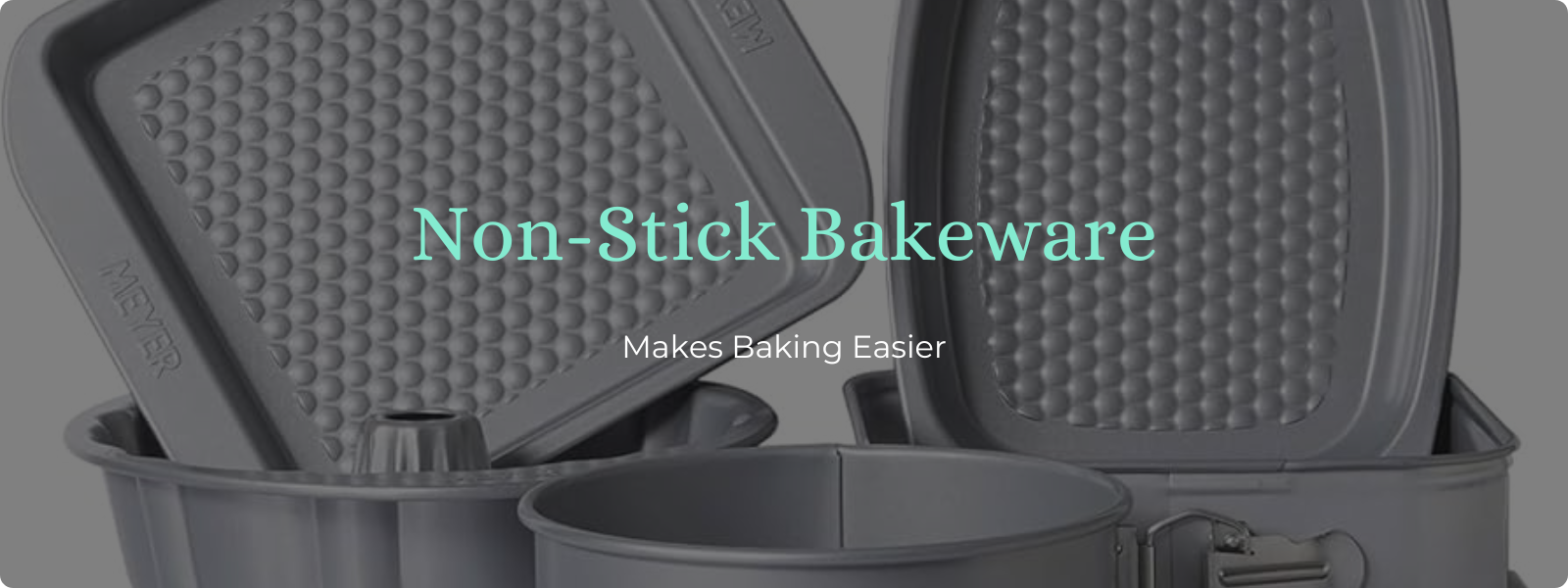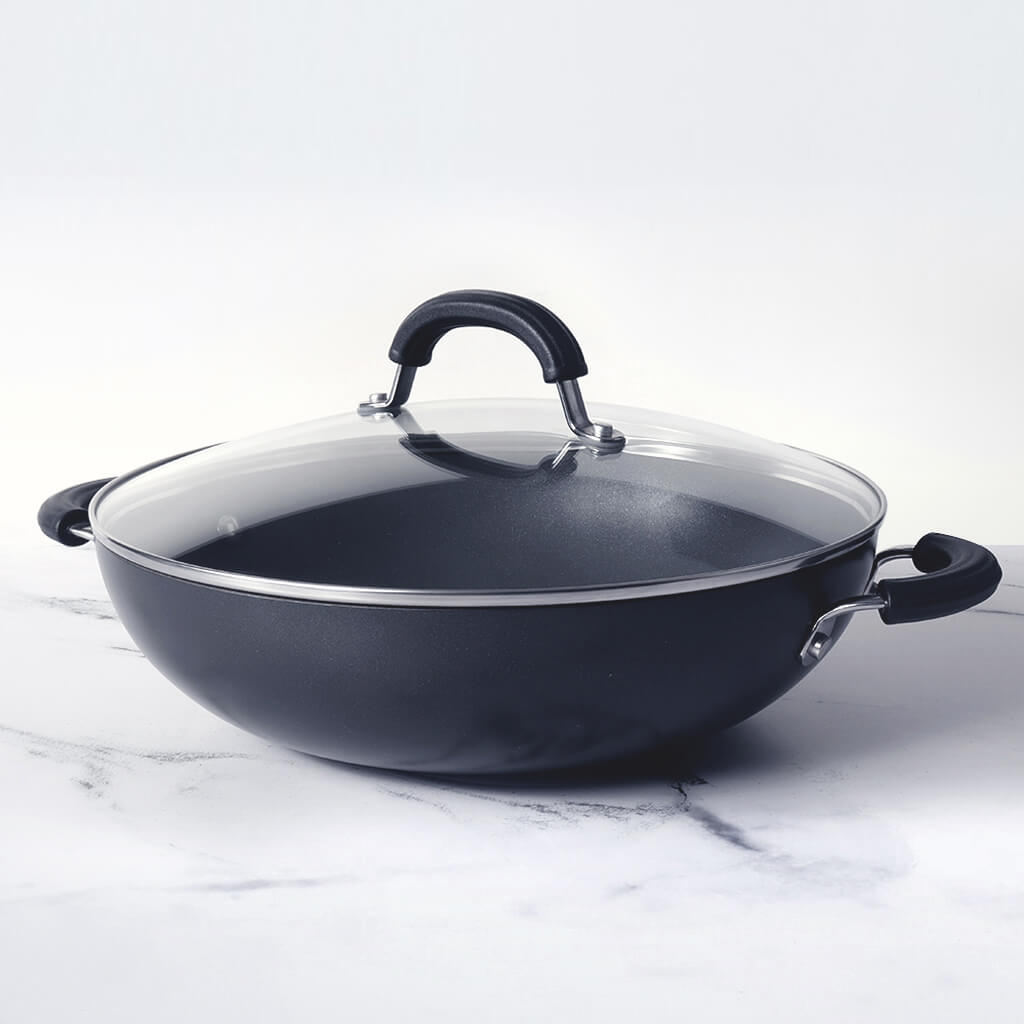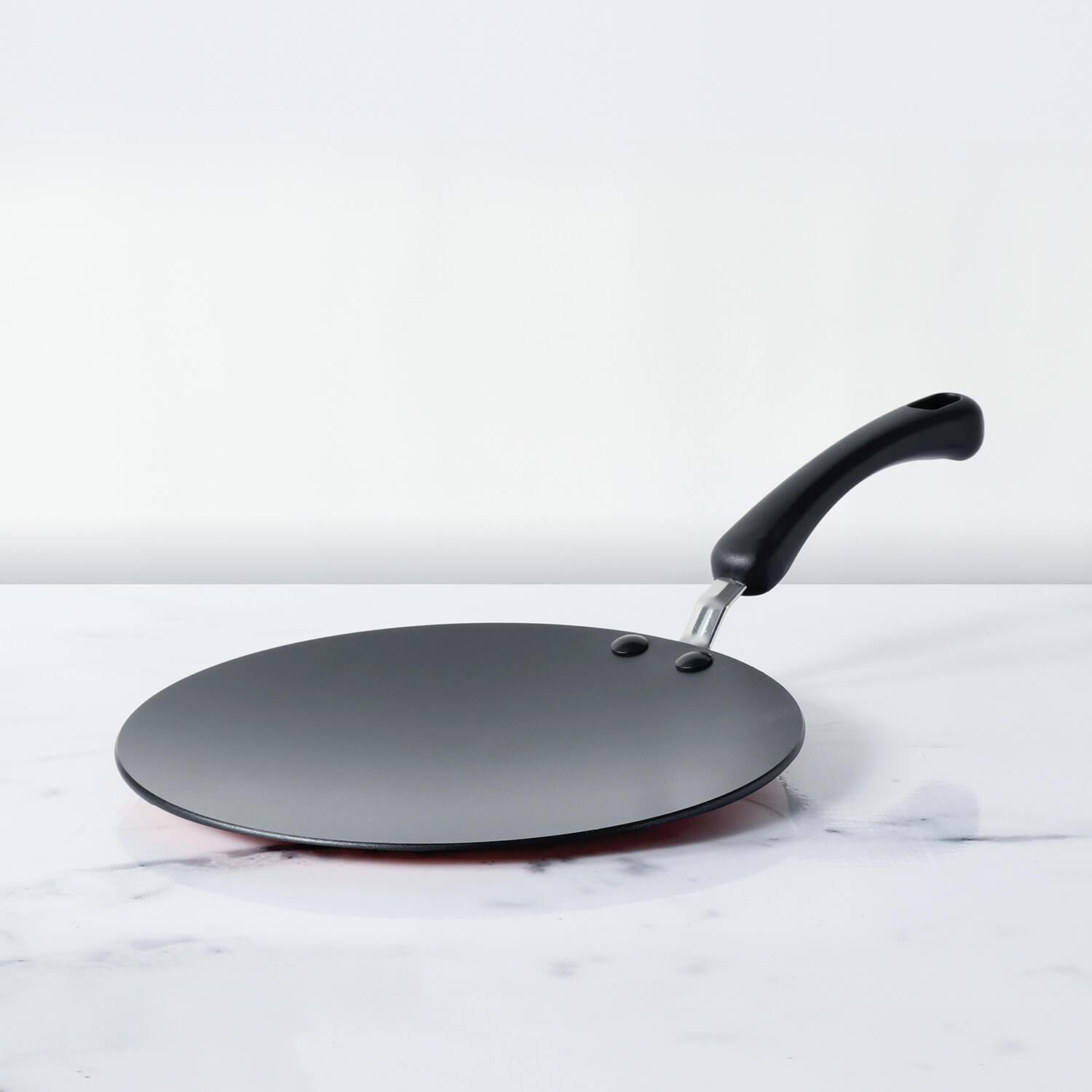For home chefs and bakers alike, understanding the differences between bakeware and cookware is essential to mastering your culinary skills. These tools serve distinct purposes, with unique features and materials suited for different types of cooking and baking. Here's a comprehensive guide to help you navigate the world of bakeware and cookware in 2025, ensuring you make the right choices for your kitchen.
Table of Contents
What Is Bakeware?
Bakeware refers to the tools and equipment designed specifically for baking in the oven. These are ideal for preparing bread, cakes, muffins, pies, and casseroles. Materials like glass, ceramic, non-stick coated metal, or silicone dominate bakeware because they can withstand prolonged exposure to heat in an oven.
Key Features of Bakeware:
- Oven-safe Design: Bakeware is crafted to endure high oven temperatures without warping or damage.
- Flat or Molded Surfaces: Perfect for shaping baked goods like cakes, cookies, or loaves.
- Non-stick Properties: Many bakeware pieces come with non-stick coatings for easy food release.
- Uniform Heat Distribution: Ensures even cooking or baking to avoid undercooked or burnt spots.
Examples:
- Baking sheets and trays.
- Muffin tins, cake pans, and loaf pans.
- Meyer Bakemaster 5-Piece Bakeware Set for seamless baking with non-stick performance and durability.
What Is Cookware?
Cookware, on the other hand, refers to pots, pans, and other equipment used for stovetop or open-flame cooking. Whether you’re sautéing, frying, simmering, or boiling, cookware comes in materials like stainless steel, cast iron, aluminum, or non-stick coatings to suit a variety of cooking styles.
Key Features of Cookware:
- Stovetop Compatibility: Designed for use on gas, induction, or electric cooktops.
- Varied Designs for Different Techniques: Ranges from frying pans for searing to saucepans for simmering.
- Heat Resistance and Retention: Materials like cast iron retain heat for extended cooking times.
- Ergonomic Handles and Lids: Ensures safety and convenience during cooking.
Examples:
- Meyer Select Stainless Steel Kadai for curries and stir-fries.
- Meyer Midnight Hard Anodized Non-stick Saucier for creamy sauces and reductions.
- Meyer Pre-Seasoned Cast Iron Flat Dosa Tawa for crispy dosas and flatbreads.
Bakeware vs. Cookware: What Are the Key Differences?
The key differences between bakeware and cookware are primarily based on their purpose, materials, design, and the type of heat they are exposed to. Here’s a breakdown of their main differences:
- Purpose:
- Bakeware: Used for baking in the oven. It is designed to handle dry heat for baking cakes, breads, pastries, and casseroles.
- Cookware: Used for cooking on a stovetop or over an open flame. It includes pans and pots for frying, boiling, sautéing, and simmering.
- Heat Source:
- Bakeware: Typically used in an oven, which applies dry heat.
- Cookware: Works on gas, electric, or induction stovetops, where the heat source is direct and can involve both dry heat (for frying) and moist heat (for boiling or steaming).
- Materials:
- Bakeware: Often made from glass, ceramic, non-stick metal, or silicone. These materials allow for even heat distribution and are ideal for baking goods.
- Cookware: Made from a variety of materials such as cast iron, stainless steel, non-stick, aluminum, and copper. These materials are designed to handle high direct heat from stovetops.
- Design:
- Bakeware: Usually flat or molded to specific shapes, such as cake pans, loaf pans, and baking sheets. These designs are tailored for holding and evenly distributing batter or dough.
- Cookware: Typically has deeper designs like saucepans, frying pans, woks, or stockpots to accommodate liquids, oils, or food that needs stirring or frying.
- Temperature Range:
- Bakeware: Built to sustain dry, consistent heat in an oven, often at high temperatures but typically not exposed to direct flames.
- Cookware: Must be durable enough to withstand both high and low heat for direct cooking, and it’s designed for both high heat (for frying) and lower heat (for simmering or sautéing).
In essence, bakeware is designed specifically for oven use and baking, while cookware is meant for cooking on a stovetop or open flame with materials and designs that can handle various types of heat.
How to Choose the Right Tools
- For Baking Enthusiasts: Invest in quality bakeware sets like the Meyer Bakemaster 5-Piece Set, which offers non-stick convenience and versatility for baking cakes, cookies, or casseroles.
- For Everyday Cooking: Go for Meyer Kitchen Hacks Stainless Steel Open Kadai/Wok for stir-frying and simmering or the Meyer Non-Stick Omelette Pan for delicate egg dishes.
- For Versatility: Combine bakeware and cookware for multipurpose use, such as Meyer Luminescence Non-Stick Cookware that transitions from stovetop to oven for dishes like baked pasta or casseroles.
Conclusion
Understanding the differences between bakeware and cookware is crucial for creating delicious meals. While bakeware specializes in oven-based recipes, cookware excels in stovetop versatility. Equip your kitchen with a balanced mix of both, focusing on high-quality, durable pieces to elevate your cooking and baking experience. Whether you’re making crispy cookies or hearty curries, the right tools will make all the difference in 2025!











Leave a comment